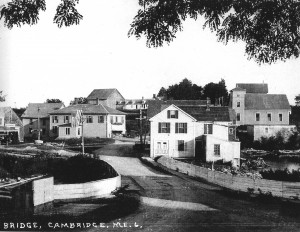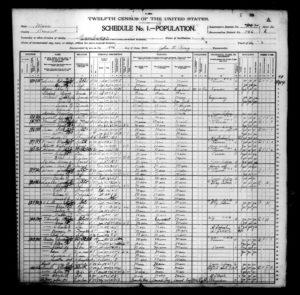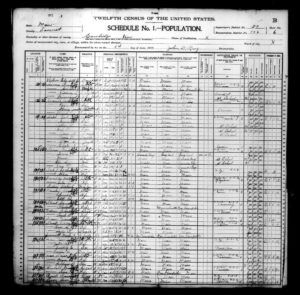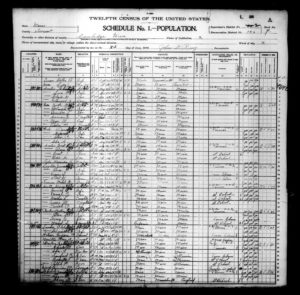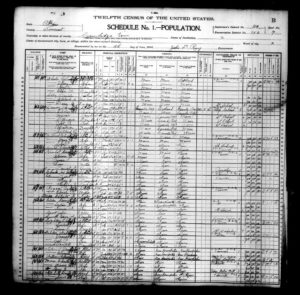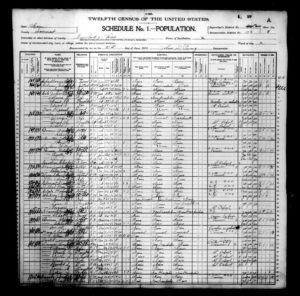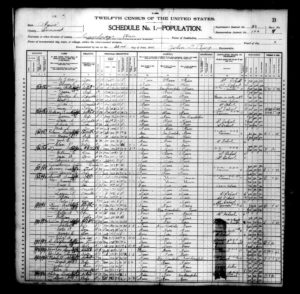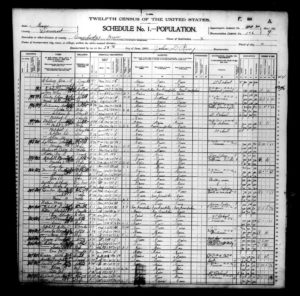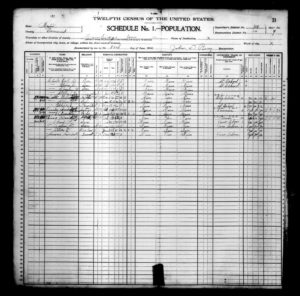Town History
A Brief History of the Town of Cambridge
“from the time of the arrival of the first settlers around 1804, when Cambridge was still a part of Ripley, to the present day – the year of our sesquicentennial 1984.” note: history quoted from the sesquicentennial book of 1834-1984 researched by Audrey Davis
Back in the early 1800’s, while Maine was still a part of the Commonwealth of Massachusetts, pioneers began coming to the Ripley-Cambridge area to establish new homes.
Many of these settlers came from other sections of New England, and according to available records the first to come to Cambridge were Joseph Tyler, Noah Littlefield, Jacob Hatch, and Mr. Kimball, in the year 1804. Others soon joined them, finding their way through the forest by following spotted trails. Of the families that had to do with early settlement of the town we find the names Hooper, Hatch, Bailey, Clark, Sawyer, Ring, Watson, Brown, Ham, Leighton, Lowell, Quimby, Mitchell, Mower, Packard. Most of these names can be found here today, carried on by direct descendants of these early settlers.
It is hard to realize that the same hardships endured by pioneers of whom we read in our history books were experienced right here in our own town. In this rugged country, providing for the three basic needs of man, food, shelter and clothing must have discouraged all but hardiest souls.
One of their first concerns was to build the log house which would provide shelter during the cold winters. Fireplaces would furnish heat as well as the only means for cooking, candles lighted their homes at night, clothing was fashioned from coarse homespun, and furs, hunting and fishing helped to supply food for the table.
The first child said to have been born here was David Littlefield in 1815. In 1818 the first school was held in a log house, as were also the earliest church meetings, where most of the congregation would arrive on foot or on horseback. Many would come barefoot and it is even related that on one occasion the minister preached barefoot to a congregation seated on pews made by placing boards on rude supports.
In 1827, the first store wa established by Guerny and Buzzell. The next year, David Bailey was appointed first post master in the town. One never-to-be-forgotten incident in the early history of the town ws the terrible fire of 1825, said to be a part of the Mirimachi fire which swept through the area burning everything in its path. The family of Jonathan Watson and his wife Mary, who had come into town by means of an ox-team, had settled on the farm now owned by Harold and Hazel Davis. The fire suddenly came so near, they had to take refuge in the middle of a plowed piece of ground. Mrs. Watson had just been baking and had a loaf of brown bread in the fireplace oven. After the fire had passed by, the loaf of bread was found in the ashes and was eaten by the hungry children for their supper. Nothing of the house or furniture had been saved except the family Bible. It is also related that during the fire “Deacon Hooper” and “Deacon Ring” were hurrying home from Harmony when they became nearly surrounded by blazing underbrush. Mr. Hooper, who was wearing boots, carried the barefoot Mr. Ring on his back through the flames to safety.
While the fire was passing through, people had sought protection in streams and plowed fields, and luckily no lives were lost in this disaster which burned every house in town except the so-called “Lane House”. This house was occupied in later years by Mr and Mrs. JB LaBree, but it is no longer standing.
On February 8, 1834, an act of Legislature signed by Robert P. Dunlap, Governor, set aside a portion of Ripley, the dividing line being the natural barrier of Mainstream, and incorporated the north-western section with the inhabitants thereof into a town by the name of Cambridge. The provision for the line to pass one third of the distance from the north band of the stream was included because Ripley being the larger town, could better bear the expense of maintaining the bridges than could Cambridge.
The name “Cambridge” had been chosen previously, at the time when conditions of the separation were being discussed at a meeting held in the home of Mr. Isaac Hooper. Mr. Hooper’s eleven year old daughter was asked to suggest a name for the new town. She proposed the name Cambridge, from the English town of the same name about which she had just been reading.
In the year 1874, a disastrous windstorm, almost equal in violence to a western tornado, passed over the town doing considerable damage. The Masonic Hall and several houses were demolished, and others moved from their foundations. As was the case in the fire of 1825, no lives were lost although several narrow escapes were recorded.
For many years Cambridge was primarily a farming district.At first each family cleared its own few acres on which crops were raised to supply food for the table and to feed the animals. Two or three cows provided milk, butter and cheese. A few hens furnished the eggs needed, gardens grew vegetables in season. In fact, each family was practically self sufficient. As time passed, farmers prospered and began raising larger crops, selling what they did not themselves need. The establishment of a Creamery in 1903 in the nearby town of Harmony, provided an outlet for their surplus cream and later for whole milk. Then the coming of the railroad, first to Mainstream then later to Harmony, gave access to markets outside the state.
Meantime, better roads had led to easier and quicker means of transportation, work horses had replaced the slow oxen, horse-drawn machinery had greatly lightened the load of the farmer, and he was able to grow still larger and better crops. Potatoes became an important cash crop and were raised by nearly every farmer along with corn, oats,etc.
During this period the life of the farmer, while still demanding diligence and hard work, was fairly secure for himself and his family.
The popularity of radio, after its first regularly broadcast programs in 1920, grew very fast. Now, world news was quickly available even to those living in outlying areas. Many an evening, families were entertained sitting around their battery-powered sets, listening to favorite programs.
The coming of electricity to our town in 1929 was the beginning of far reaching changes, profferring a way of life more on a par with our city neighbors.
With the passing of time, tractors, trucks, and modern machinery, replaced the horse almost completely. Virtually nothing was done “by hand” any more and the small farmer could no longer exist. Barns which had been an important part of every homestead either disappeared completely or were used only for storage. No longer were seen herds of cows grazing in the pastures, work horses in every barn, farmers laboring in the fields or horse-drawn vehicles on the roads.
More and more the breadwinner of the household sought employment outside his farm. Because of improved travel conditions he was able to commute to his job even though it might sometimes be many miles away. Women also began joining the work force, and now for a majority (including women as well as men) their jobs take them out of town.
This can no longer be considered a farming community.
1900 U.S. Census Documents for Cambridge, Maine:
Sourced from Archive.org by Barry Lial.

